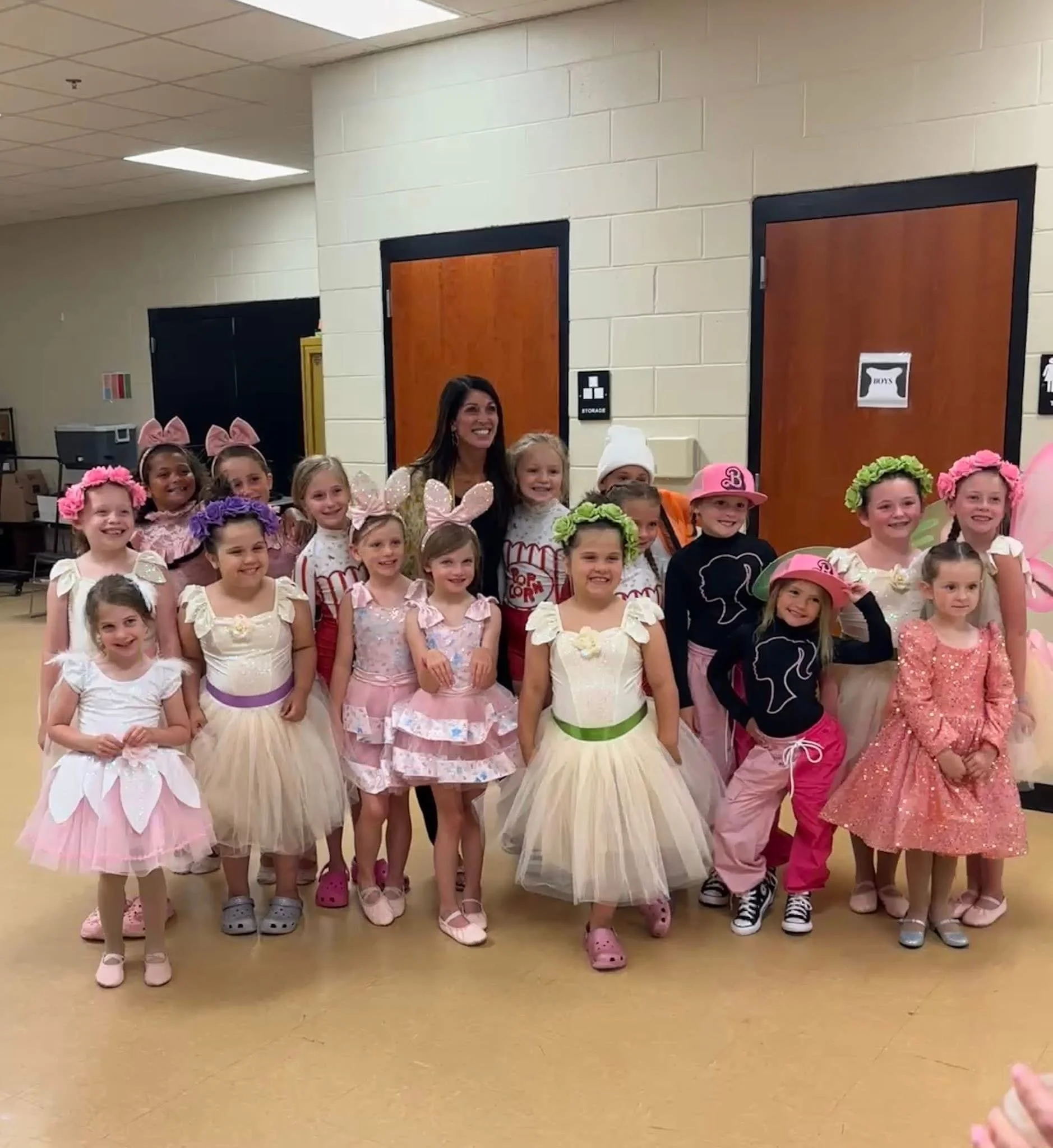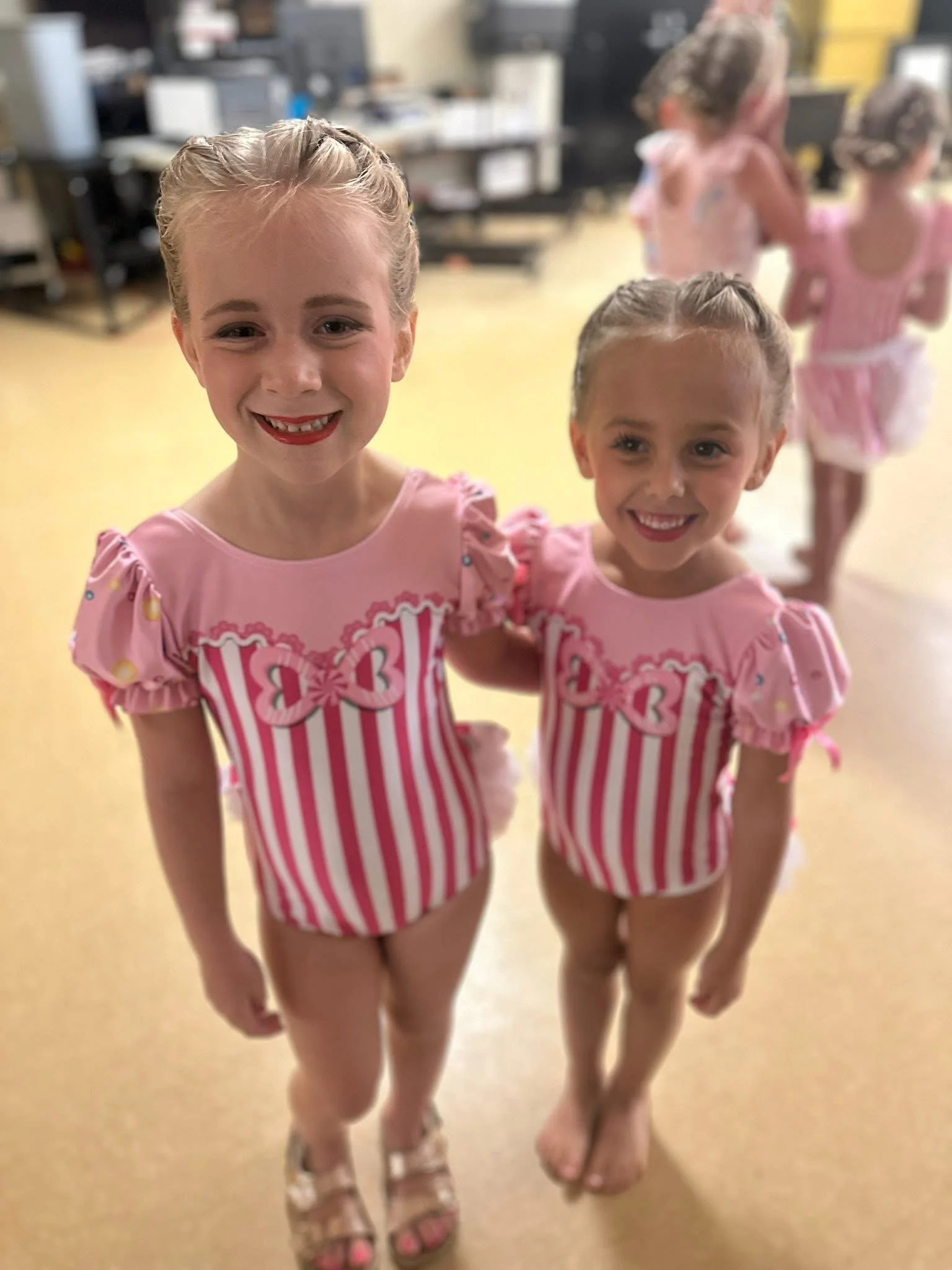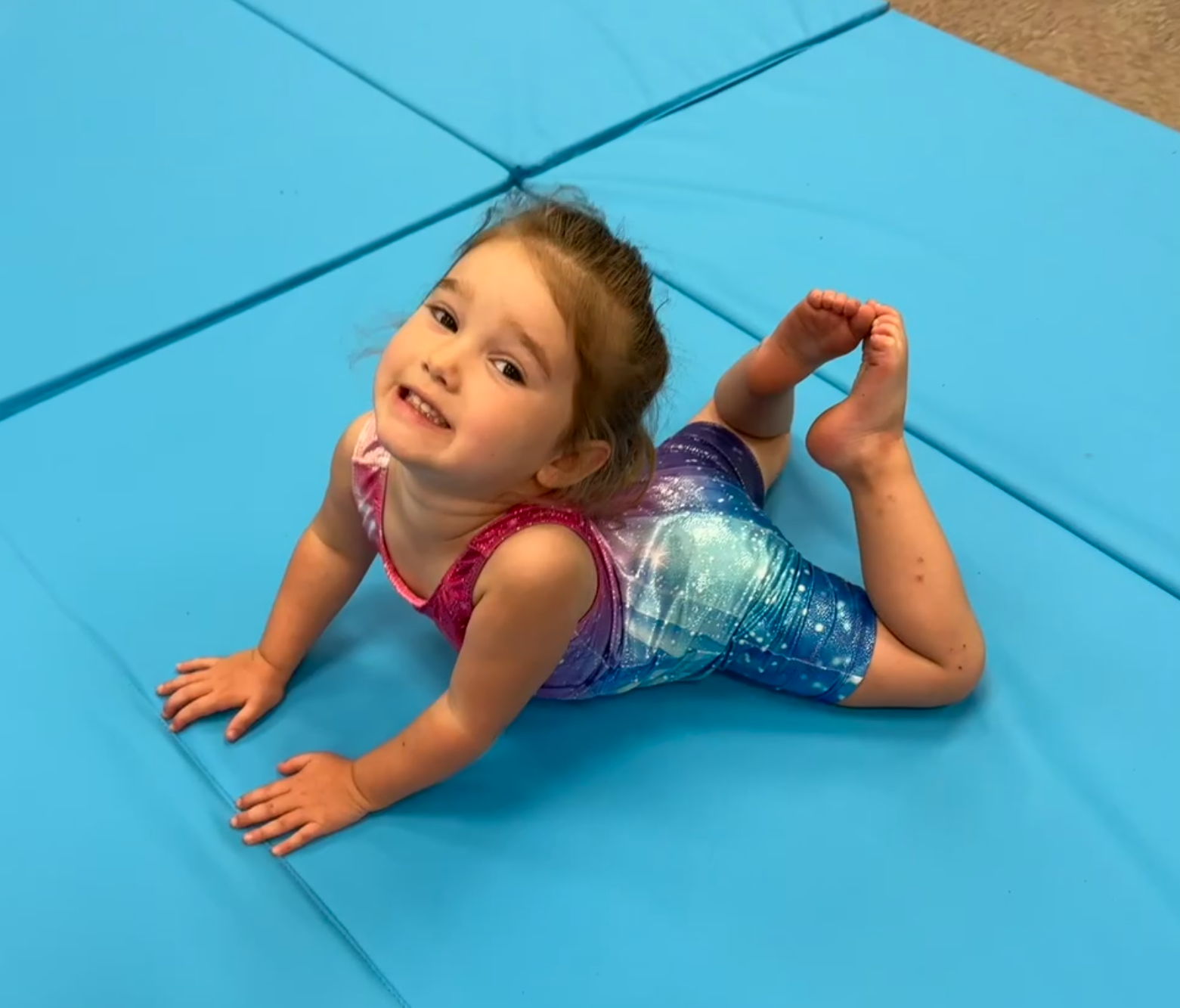
OUR CURRICULUM
Where Passion Meets Technique
Discover a thoughtfully structured dance program designed to nurture every dancer’s growth — from first steps to center stage. Our curriculum blends foundational technique, creativity, and performance skills across multiple styles and levels. Whether you're a beginner exploring movement or a seasoned dancer refining your craft, our progressive classes support artistic expression, confidence, and lifelong love for dance.
ACHEIVE YOUR DREAMS
/
ACHEIVE YOUR DREAMS /
Dance Curriculum
At Starr’s Dance & Acro Central, our Dance Program is grounded in classical technique and early childhood movement theory. We believe in introducing correct terminology and foundational skills from the beginning, while also supporting each child’s physical, emotional, and cognitive development through structured, age-appropriate instruction. Our curriculum aligns with the nationally recognized DECK model (Dance, Early Childhood, and Knowledge) and is directed by studio owner and artistic director Starr Gaither-Kendrick, who holds a national teaching certification in dance and early childhood development through Dance Educators of America. This foundation ensures that our instruction is not only technically sound, but also grounded in early childhood and movement education principles. We emphasize the four core elements of dance—Body, Action, Time, and Space—alongside the broader developmental domains of communication, collaboration, critical thinking, and creative thinking. This integrated approach allows us to develop not only capable dancers, but confident and expressive students.
Technique Meets
Creativity
During the first half of the season, our focus is on building proper technique: posture, alignment, coordination, rhythm, timing, and classroom discipline. From there, we transition into choreography and performance preparation while continuing to reinforce strong technical habits. Our dancers are taught how to move with intention and musicality while building vocabulary and muscle memory. We use creative prompts and structured exercises to help them connect movement to meaning, improving not only their physical skills but their expressive abilities as well.
Our Program Goals:
Purposeful Movement
& Learning
We incorporate simple developmental tools that support retention, focus, and imagination. For younger dancers, examples may include themed activities like “bring your baby doll to dance” or dressing up in a favorite princess costume—used as entry points for sequencing, storytelling, musicality, and classroom confidence. Every exercise and activity is thoughtfully planned to support the child’s stage of learning while building the stamina, self-regulation, and performance skills required for the next level of training.
To lay a strong foundation in ballet, tap, jazz, lyrical, hip-hop, and musical theatre techniques
To foster a love of learning through structured, engaging lessons that promote confidence and discipline
To support each student’s personal growth through consistency, encouragement, and individualized feedback
To prepare dancers to progress with pride, whether recreationally or in pursuit of more advanced opportunities.
WHY IT
MATTERS
Confidence & Commitment
Consistent Quality
Structured Growth
Acrobatics Curriculum
At Starr’s Dance & Acro Central, our Acrobatics program is built on three essential pillars of floor-based training: strength, flexibility, and alignment. These foundations promote not only technical growth but also proper mechanics, safe development, and long-term physical readiness. Our curriculum is directed by studio owner and artistic director Starr Gaither-Kendrick, a certified USA Gymnastics coach (Levels 1–9) and a certified member of Dance Educators of America. This strong foundation ensures that every class is structured, intentional, and aligned with the highest standards of acrobatic training.
Early Foundations
Beginning at age 2, students are introduced to foundational movement patterns that prepare the body and brain for more complex skills later in their training. This stage focuses on:
Motor skill development: rolling, climbing, shaping, and traveling across varied surfaces to build coordination and full-body strength
Introductory movement awareness: exploring direction, level, and body positioning in space
Classroom structure and focus: following simple routines, engaging in structured movement tasks, and participating in skill-based learning
Anatomy and body awareness: identifying key muscles and bones in age-appropriate ways to develop early understanding of physical control and purpose.
These experiences create a strong foundation for both safety and success as students progress.
Our Program Goals:
Structured Skill Progression
As students grow, they advance through a carefully designed curriculum that supports skill development, building the strength, mobility, and control necessary for safe and confident movement. Our progression is guided by three key training areas:
Strength & Core Stability
Focused conditioning builds muscular control, joint support, and endurance to support inverted and weight-bearing movement.
Flexibility & Mobility
Students are taught how to improve range of motion safely, with an emphasis on back, shoulder, and hip flexibility essential for acrobatic performance.
Alignment & Coordination
Proper body placement, balance, and spatial control are continually reinforced to ensure safe and technically correct execution at every level.
Our curriculum prepares students to pursue a wide range of acrobatic skills—from foundational positions and transitions to advanced elements such as aerials, standing tucks, layouts, and twisting variations. Each skill is introduced through progressions, with instruction tailored to the student’s individual stage of development.
To deliver structured, progression-based instruction rooted in technical integrity
To support the development of strong, flexible, body-aware students
To promote safe, purposeful movement that protects the body while expanding its capabilities
To prepare students for long-term success in acrobatics, dance, and beyond through consistent, confident, and capable training
Movement Education
Students are taught to understand not just how to move—but why technique matters. Instruction integrates:
The role of muscle groups and how they support movement
How proper alignment impacts balance, safety, and control
The mental and physical focus required to prepare the body for successful skill execution
This understanding helps students become more thoughtful, confident movers and supports long-term growth in both acrobatics and dance.
Equipment & Training Tools
Students train using professional-grade acrobatic equipment including incline mats, barrels, octagons, panel mats, spotting blocks, and other tools that promote proper technique and safety. Spotting is provided through safe, hands-on instruction by trained staff, using developmentally appropriate techniques and strategies. Every class is structured to provide support, challenge, and the space to progress with confidence.






